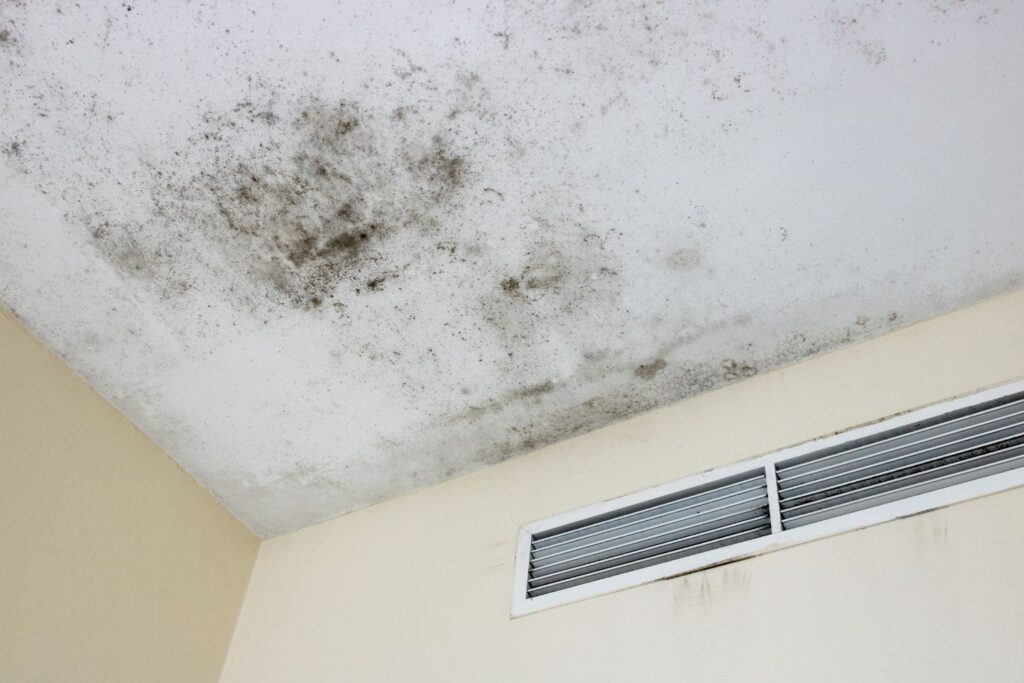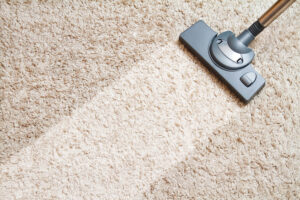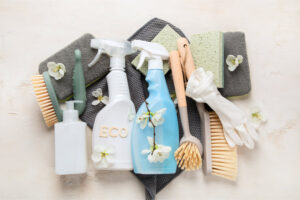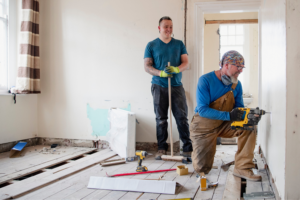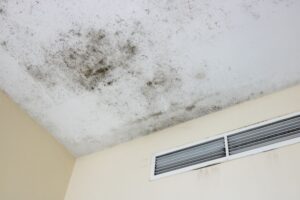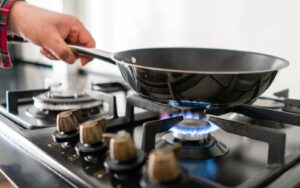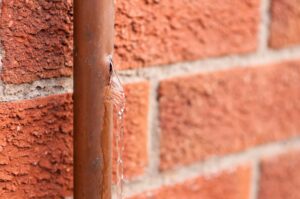Mold is a type of fungus that plays both beneficial and harmful roles in our environment. It exists in various forms and can be found almost everywhere. Understanding the basics of mold is crucial for maintaining a healthy living environment and addressing potential issues. Here are the key points to know about mold:
What is mold?
Mold is a type of fungus that grows in multicellular filaments called hyphae. It reproduces by producing spores, which can spread through the air or attach to surfaces, leading to new mold growth.
There are numerous types of mold, with some of the most common ones being Aspergillus, Penicillium, Cladosporium, and Stachybotrys chartarum (black mold).
Bold basics
- Growth Conditions: Mold thrives in environments with moisture and organic material. It can grow on various surfaces, including wood, paper, carpet, food, and drywall, among others.
- Indoor vs. Outdoor Mold: Mold exists naturally outdoors and helps decompose organic matter. However, when mold spores enter indoor spaces and find favourable conditions, they can grow and multiply, potentially causing health issues.
- Health Concerns: Exposure to mold can lead to various health problems, especially for individuals with allergies, asthma, or weakened immune systems. Common symptoms include sneezing, coughing, skin irritation, and respiratory issues.
- Moisture Source: The most critical factor in mold growth is moisture. Water leaks, high humidity, condensation, and flooding can create the ideal conditions for mold to flourish.
- Identification: Mold is often visible, appearing as discolored patches on walls, ceilings, or other surfaces. However, it can also grow in hidden areas like behind walls or under flooring, making it essential to address musty odors or water stains promptly.
How to deal with mold
If you notice mold in your home, here are some tips to deal with it:
- Identify and Address Moisture Sources: The first step in dealing with mold is to identify and fix the source of moisture. Whether it’s a leaky roof, plumbing issue, or high humidity, eliminating the moisture will prevent mold from thriving.
- Use Protective Gear: It’s essential to wear protective gear to avoid direct contact with spores and mycotoxins. Wear gloves, a face mask (N95 or higher), and eye protection to minimize exposure.
- Clean and Dry Water-Damaged Areas Quickly: If you experience a water leak or flooding, act promptly to clean and dry the affected areas within 24 to 48 hours. Use fans, dehumidifiers, and towels to remove excess moisture.
- Clean Moldy Surfaces: Small mold patches (less than 10 square feet) can often be cleaned with a mixture of water and mild detergent. Scrub the area thoroughly and allow it to dry completely.
- Use Vinegar or Hydrogen Peroxide: Natural cleaning agents like white vinegar or hydrogen peroxide can be effective in removing mold. Spray the affected area and let it sit for a few minutes before scrubbing and drying. While bleach is often thought to kill mold, it can be ineffective on porous surfaces and may not address the root cause of the problem.
- Professional Mold Remediation: For extensive mold growth or areas with potential health risks, it’s best to hire a certified mold remediation specialist. They have the expertise and equipment to safely remove mold and ensure proper containment.
By following these tips, you can effectively deal with mold and create a healthier living environment for you and your family. Remember that prevention is key, so be proactive in addressing moisture issues and maintaining a clean and dry living space.

